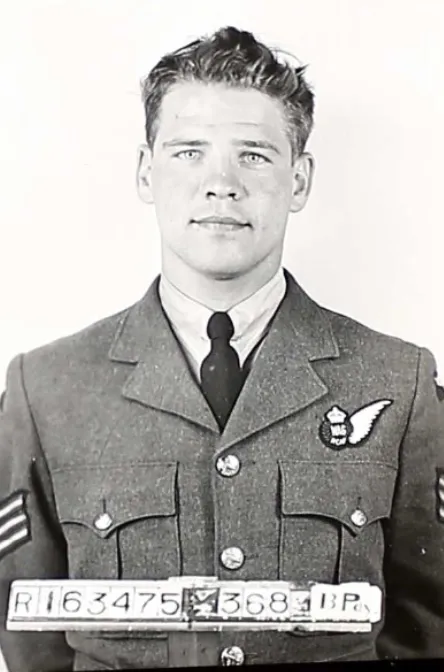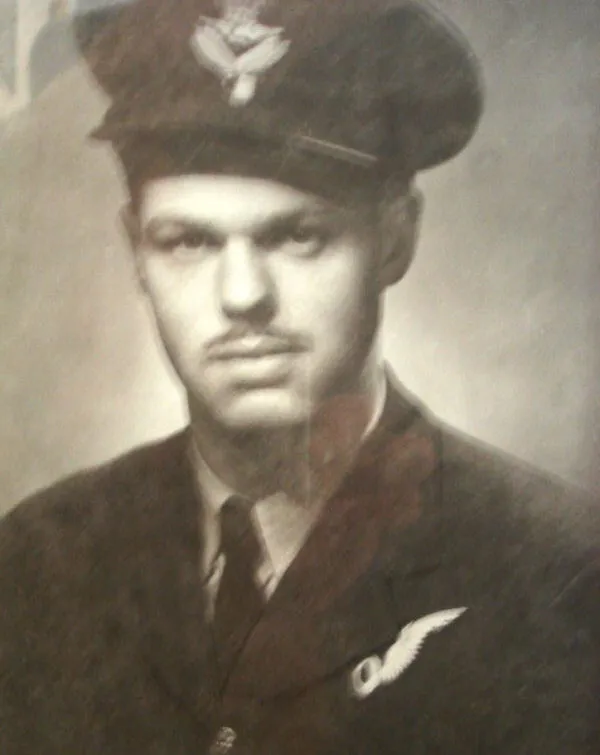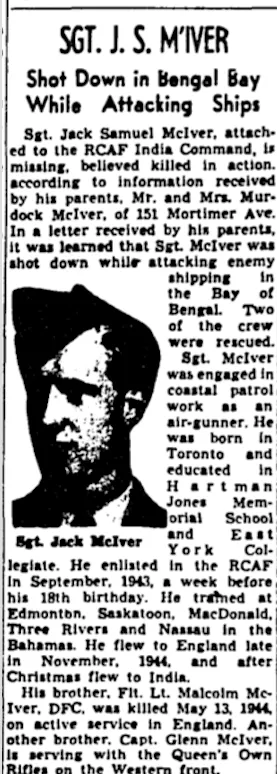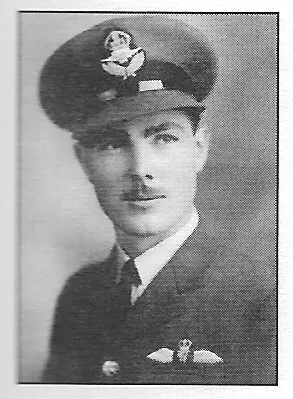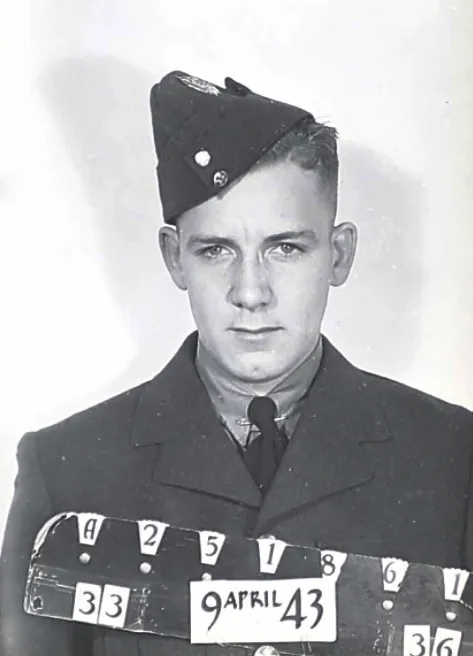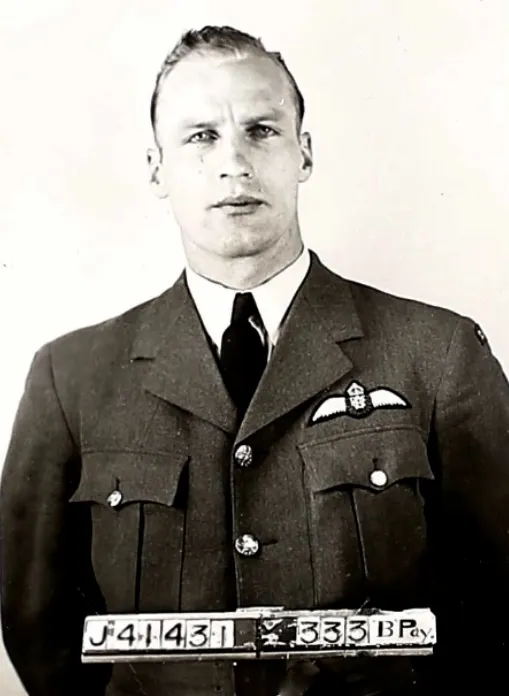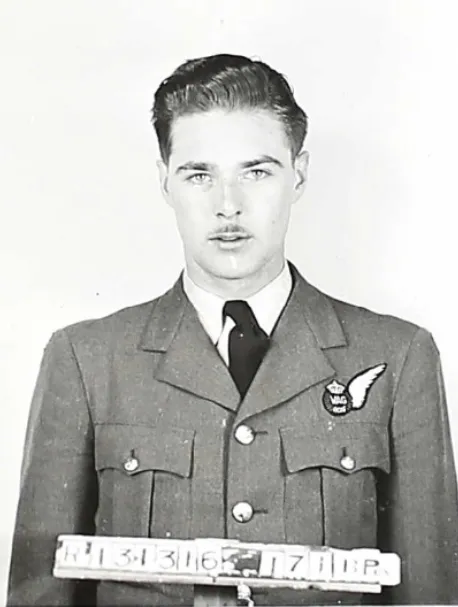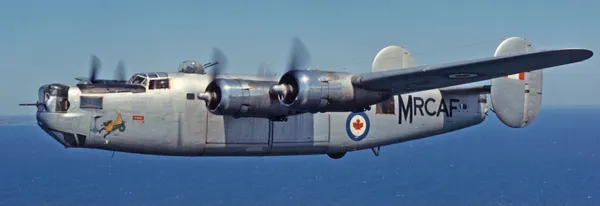Aircraft on Maritime Patrol over the Andaman Sea off Burma (Myanmar).
Located and attacked a convoy sinking the largest freighter (Japanese supply ship 'RISUI MARU', 1500 tons). Liberator damaged by marine flak and crashed in the sea.
Killed includes Campbell: Flying Officer Irving Lindzon RCAF J/42510 KIA Singapore Memorial Column 456. Flight Sergeant Jack Samuel McIver RCAF R/277937 KIA Singapore Memorial Column 458. F/Lt William Gordon McRae RCAF J/6834 KIA Singapore Memorial Column 455. Flying Officer Harry Parker RCAF J/43687 KIA Singapore Memorial Column 456. Flying Officer Edward Walter Pollard RCAF J/43686 KIA Singapore Memorial Column 456. Sergeant Gordon Parker RAF KIA Singapore Memorial Column 451. F/Lt Cyril John Slater RAF KIA Singapore Memorial Column 446.
